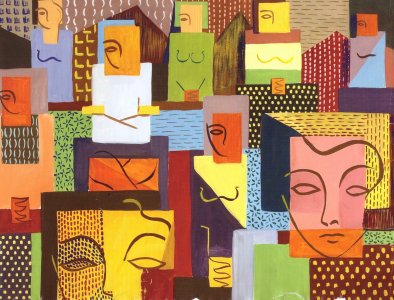Ekphrastic imagery in the writing of Sylvia Plath
Abstract
Before Kathleen Connors and Sally Bayley published an interesting book emblematically titled Eye Rhymes. Sylvia Plath's Art of the Visual, the impact of visual art in the development of Plath’s poetics was scarcely known. As a matter of facts, also today many people ignore that Sylvia Plath in her childhood and during her school education, moved between writing and drawing constantly; only after the age of twenty – and also when the opinions expressed by the critics and teachers to whom she used to submit her drawings began to express some doubts about their artistic value – Plath decided to dedicate herself professionally only to writing. However, she didn’t abandon her interest in art because it merged into her poetic according to an idea of “ekfrastic coexistence”, which incorporates a double creative force, images and words which together can create art poems, directly into dialogue with the paintings of Rousseau, Gauguin, Klee, de Chirico; the "primitives", as Plath used to call them. After individuating three main periods in Plath’s production – as Fan Jinghua suggested – this contribution aims to investigate the peculiar role of visual imagery in the poetics of the poetess from Boston and to discuss its evolution, from an initial technical-formal concern through which she tried to put in words her preferred artists’ works of art, to its mutation in morphogen scenario, a pathological situation where the referents cannot be found into the reality but only in Plath’s psychic Real.

Downloads
Published
How to Cite
Issue
Section
License
Copyright (c) 2023 Elephant & Castle

This work is licensed under a Creative Commons Attribution 4.0 International License.





